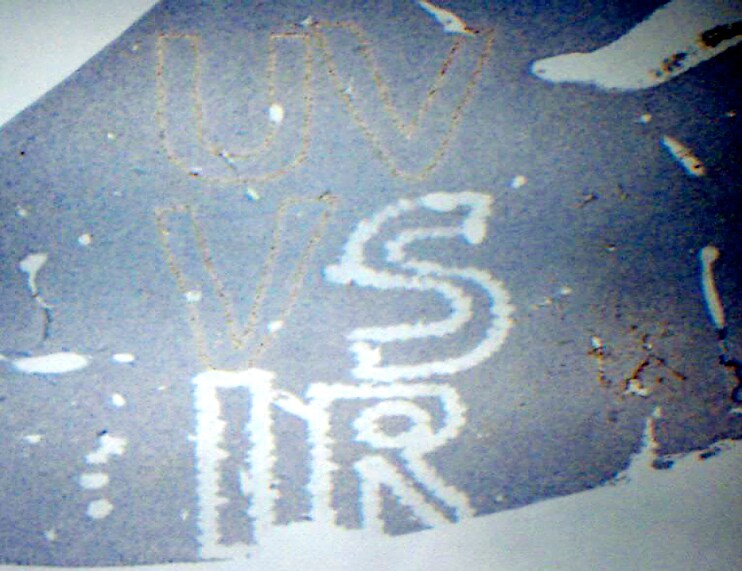Search
Comparison of Laser Capture Microdissection and Laser Microdissection

Arcturus Laser Capture Microdissection (LCM) Systems feature dual laser technology that enables rapid microdissection with a high degree of precision and application flexibility. Its proprietary combination of a gentle infrared (IR) laser and a powerful ultraviolet (UV) laser enables the efficient isolation of cells without changing the morphology or the integrity of the biological content. The IR laser helps to capture the cells of interest, and the UV laser micro-dissects the captured cells.
| Laser Capture Microdissection (LCM) | Laser Microdissection (LMD) |
|
|
 Enlarge Image
Enlarge ImageIR laser–enabled LCM and UV laser cutting differ in their approach, but both are used for microdissection.
The LCM technique was designed for optimal biomolecule recovery from an individual target cell using a very low power near-IR laser to activate a thermoplastic film, causing the film to become sticky and adhere to the cells of interest. When the film is lifted away from the sample preparation, the desired cells are fused to the membrane and remain intact for the recovery of nucleic acids or proteins. Sample custody is typically retained.
All other microdissection systems use only a UV laser for microdissection, without the advantage of the gentle IR laser. The UV cutting technique uses a higher power to burn through connective tissue during dissection. It has been proven through independent studies and internal research that UV dissection can damage DNA, RNA, and proteins in dissected cells smaller than 30 µm in diameter, making UV cutting a better tool for isolating larger structures or whole tumors from tissue sections, but not individual cells.
The image from George Mason University shows portions of mouse liver tissue dissected with a UV laser or IR laser. The remaining tissue was stained with an antibody that recognizes single-stranded DNA molecules, followed by an HRP-conjugated secondary antibody and DAB. The brown staining indicates single-stranded DNA immunoreactivity and is only visible in the UV-cut regions.
For Research Use Only. Not for use in diagnostic procedures.